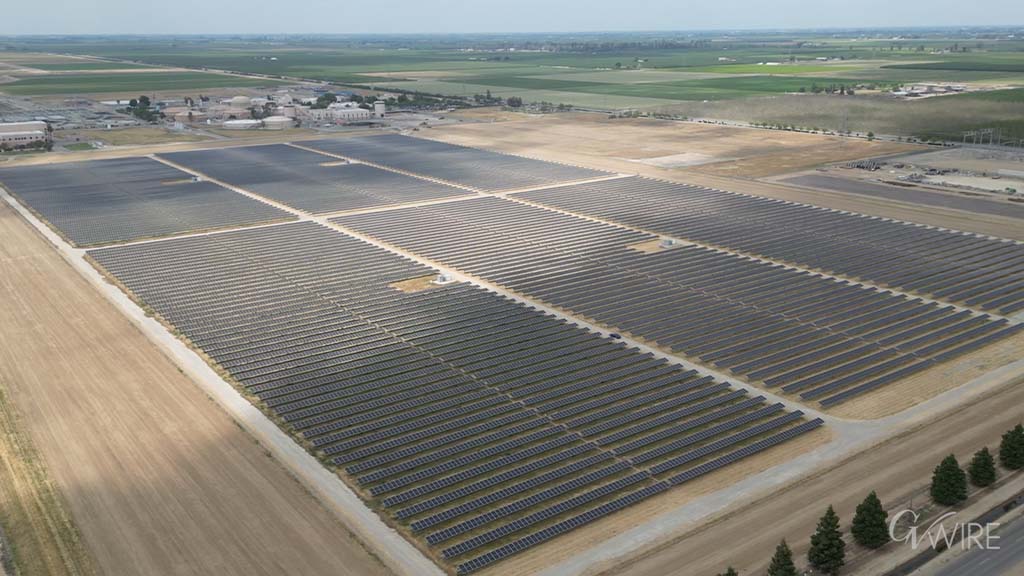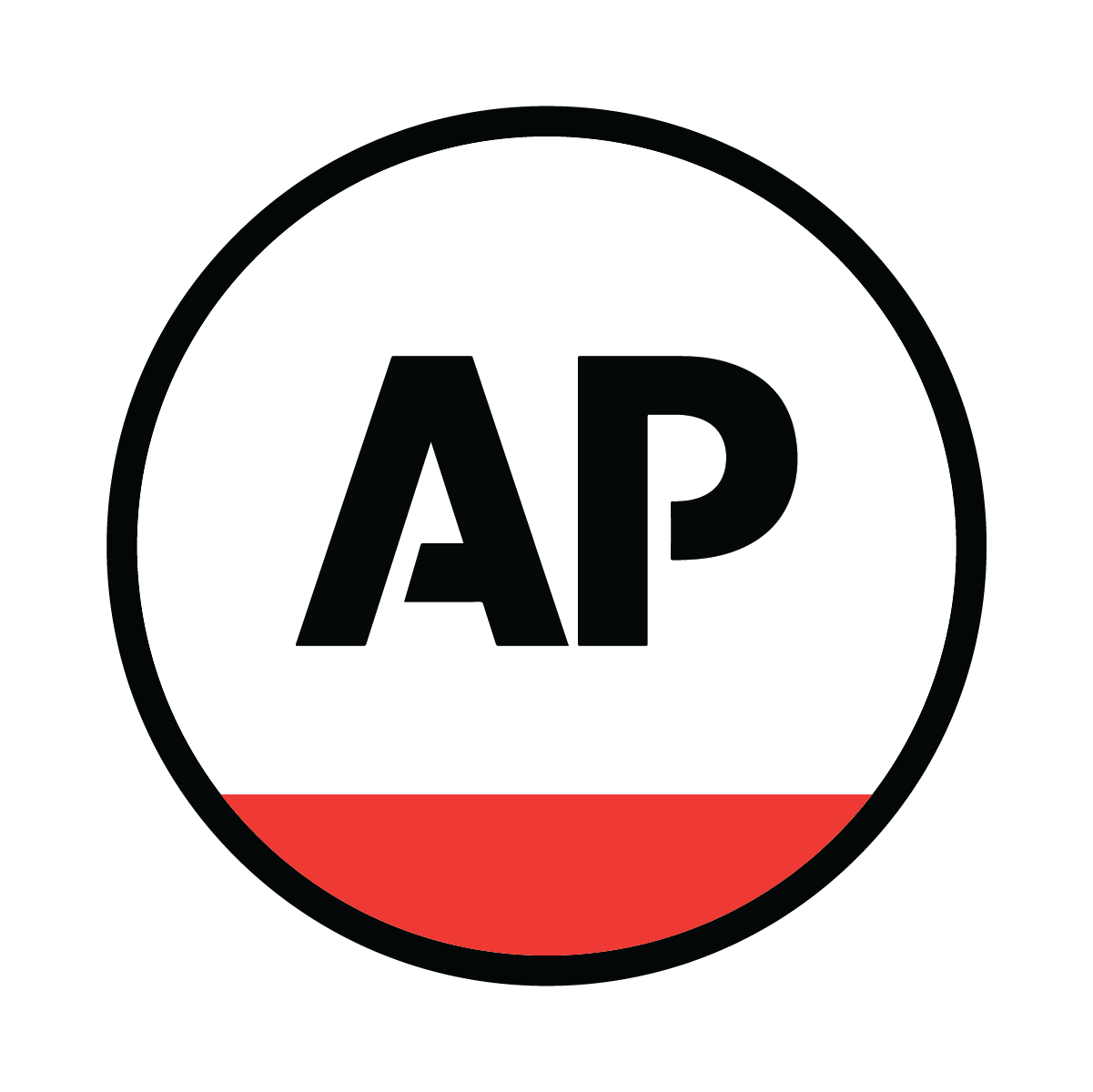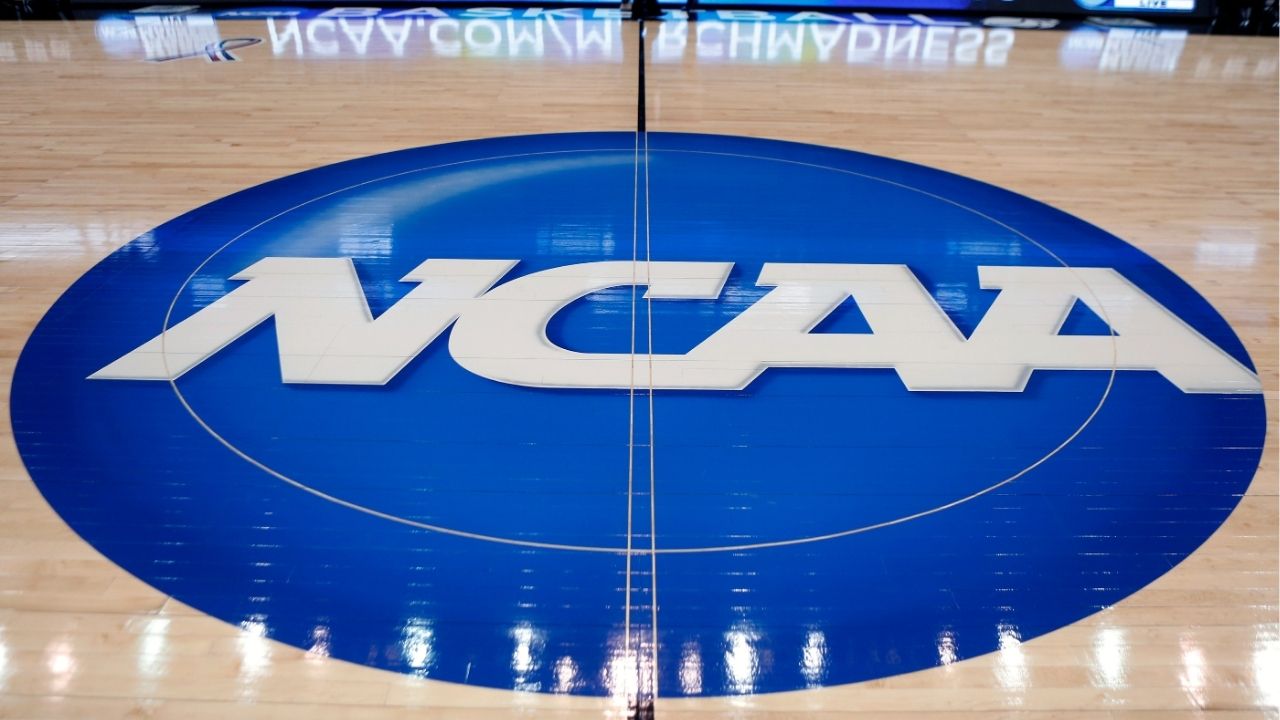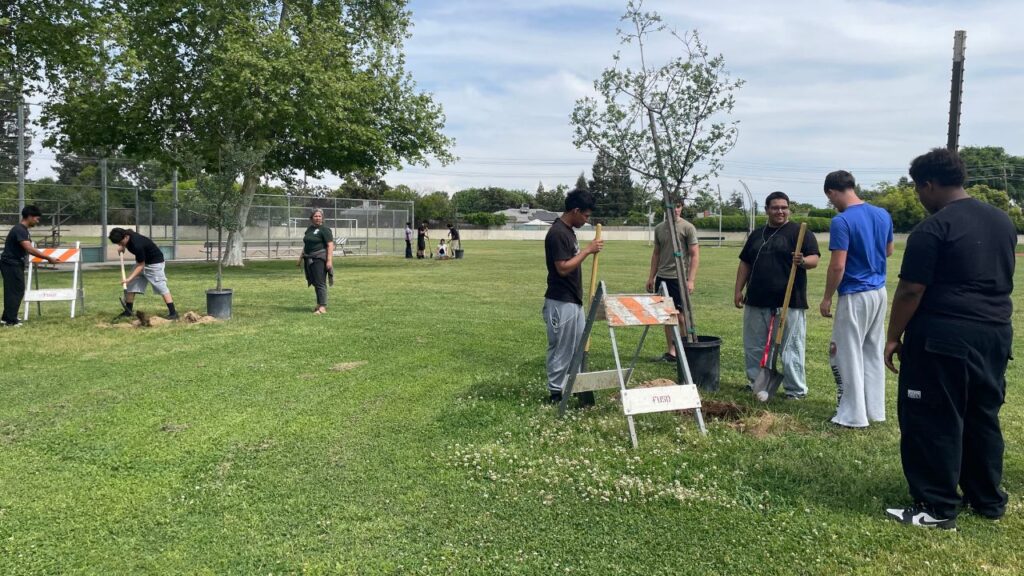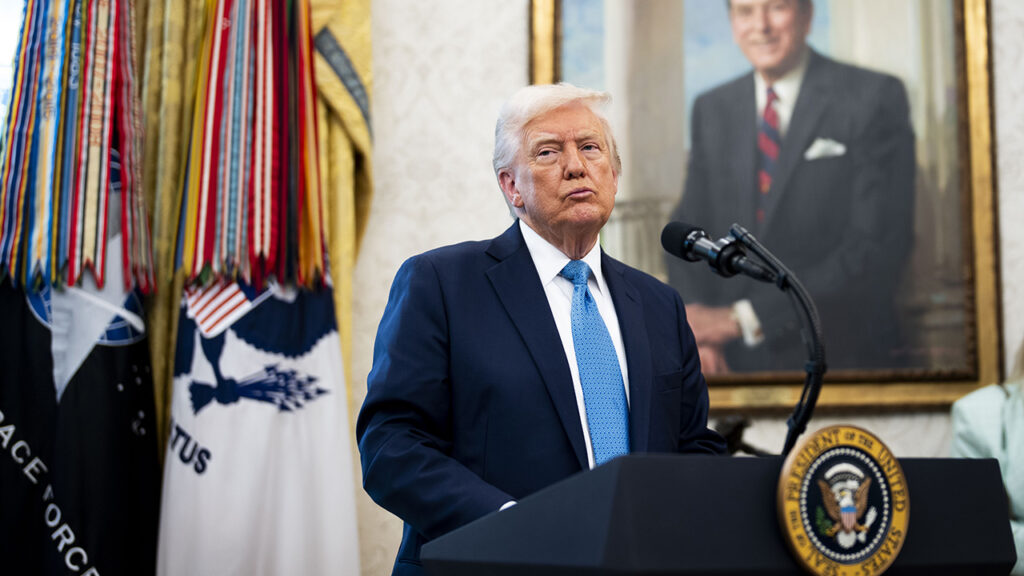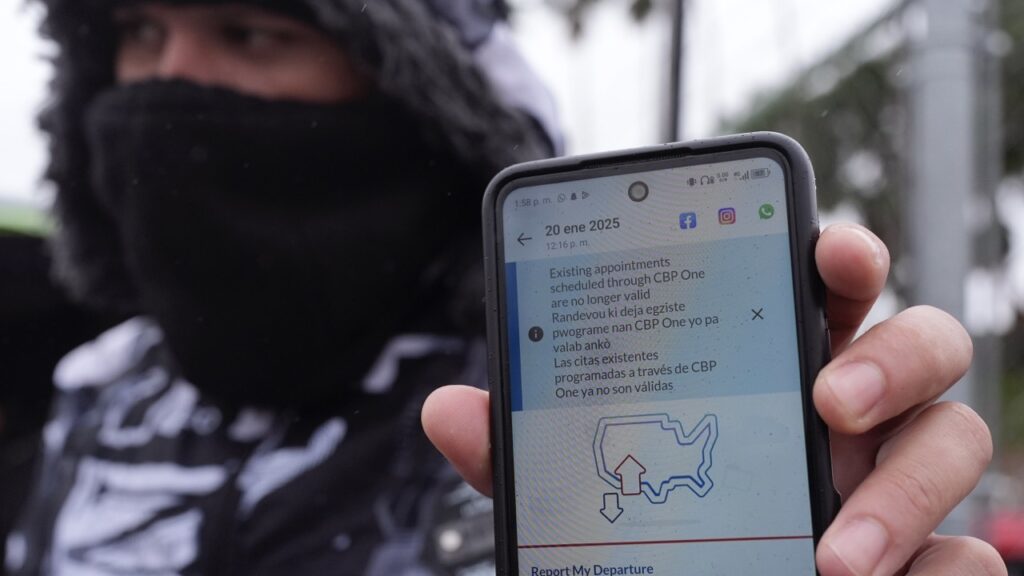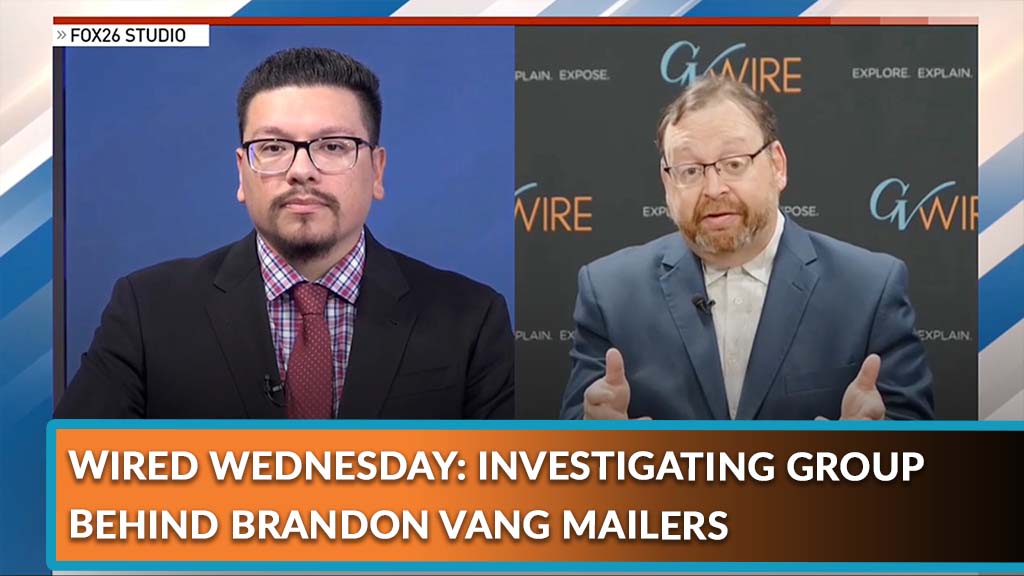The NCAA logo is displayed at center court at The Consol Energy Center in Pittsburgh, March 18, 2015. (AP File)

- NCAA clears path for schools to directly pay athletes, pending final court approval in landmark college sports settlement.
- New NCAA rules eliminate scholarships caps, establish athlete pay pools, and mandate full-time enrollment for payment eligibility.
- NCAA creates NIL clearinghouse, tech tracking platforms as part of sweeping changes to modernize athlete compensation and oversight.
Share
|
Getting your Trinity Audio player ready...
|
The NCAA passed rules Monday that would upend decades of precedent by allowing colleges to pay their athletes per terms of a multibillion-dollar lawsuit settlement expected to go into effect this summer.
The nine proposals passed by the NCAA board were largely expected but still mark a defining day in the history of college sports. An athlete’s ability to be paid directly by his or her university is on track to be enshrined in a rulebook that has forbidden that kind of relationship for decades.
For the NCAA rules to officially go into effect, the changes prescribed by the House settlement still have to be granted final approval by a federal judge, whose hearing earlier this month led to questions about potential tweaks before the new guidelines are supposed to go into play on July 1.
Changes to Eliminate Near 150 NCAA Rules
The changes will eliminate around 150 rules and alter many others in the NCAA’s sprawling rulebook. They essentially codify measures set up by the settlement, including:
- Modifying bylaws to allow schools to pay the athletes directly.
- Eliminating scholarship limits for teams, while also setting roster limits that are designed to replace the scholarship caps. Some details of the roster limits, which were a key sticking point in the April 7 hearing, will be finalized later.
- Establishing annual reporting requirements for schools that pay athletes; a payment pool is set to be approximately $20.5 million for the biggest schools beginning next academic year.
- Setting up a clearinghouse for all name, image and likeness (NIL) deals that come from third parties and are worth $600 or more.
- Granting authority to an enforcement body being developed by the conferences named as defendants in the lawsuit to enforce the new rules passed to implement terms of the settlement. This includes compliance with all the new facets coming into play in college sports — roster limits, payment of direct benefits to players and meeting requirements for the third-party deals.
One change allows for the creation of technology platforms for schools to monitor payments to athletes and for the athletes to report their third-party NIL deals.
The board also approved a requirement for athletes to be enrolled full-time and meeting requirements toward their degree to receive the benefits.
The board received updates from a working group designed to propose ways to streamline NCAA governance — a topic that has come up as the bigger conferences have sought more decision-making power in some areas.
RELATED TOPICS:
US Brings First Terrorism Charges Against Alleged Venezuelan Gang Member
3 hours ago
Artfully Staged for Takeoff: Fresno Airport Expansion Nears Finish
4 hours ago
Chipotle Tempers Annual Sales Forecast as Dining-out Takes a Hit
4 hours ago
General Motors to Increase Production at Ohio Transmission Facility
4 hours ago
US Justice Department Directs Investigations Over Gender-Affirming Care
4 hours ago
Exclusive: Trump Expected to Sign Order Pushing Training for Skilled Trades
4 hours ago
Kennedy Declares ‘Sugar Is Poison’ While Announcing Ban on Food Dyes
5 hours ago

Five Arrested in Fresno County Robbery Spree. Some Linked to Venezuelan Gang
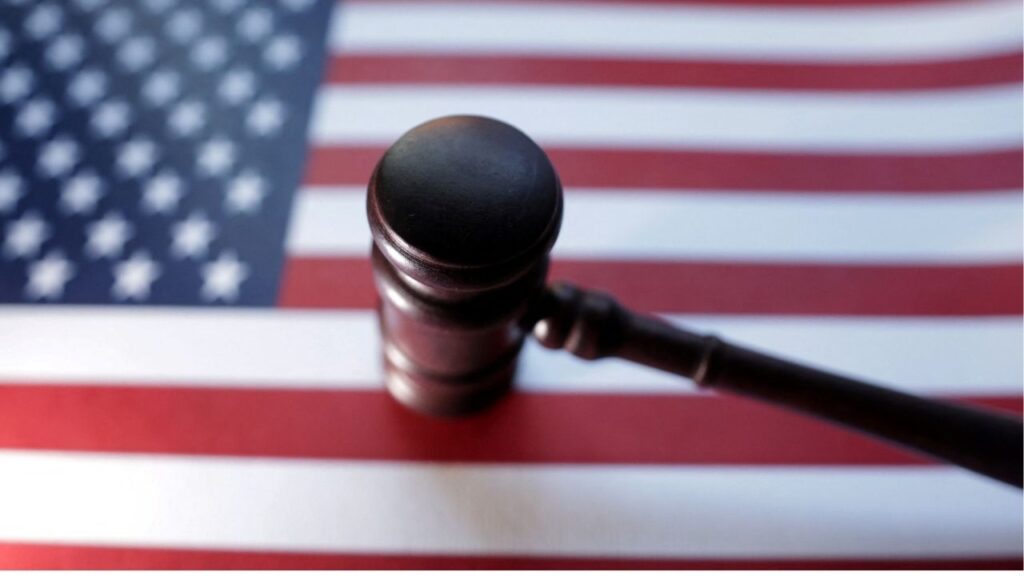
US Brings First Terrorism Charges Against Alleged Venezuelan Gang Member

Artfully Staged for Takeoff: Fresno Airport Expansion Nears Finish
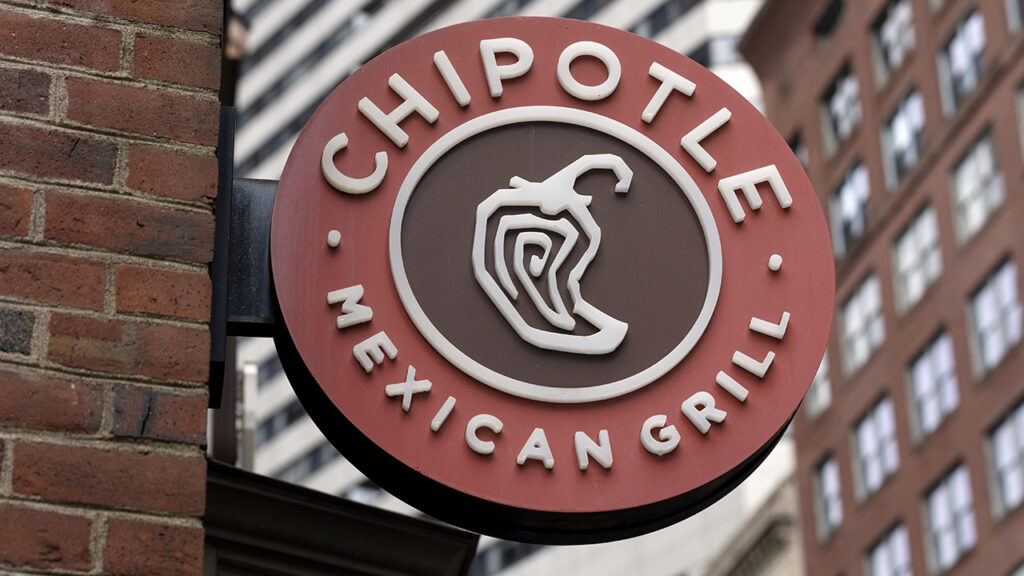
Chipotle Tempers Annual Sales Forecast as Dining-out Takes a Hit
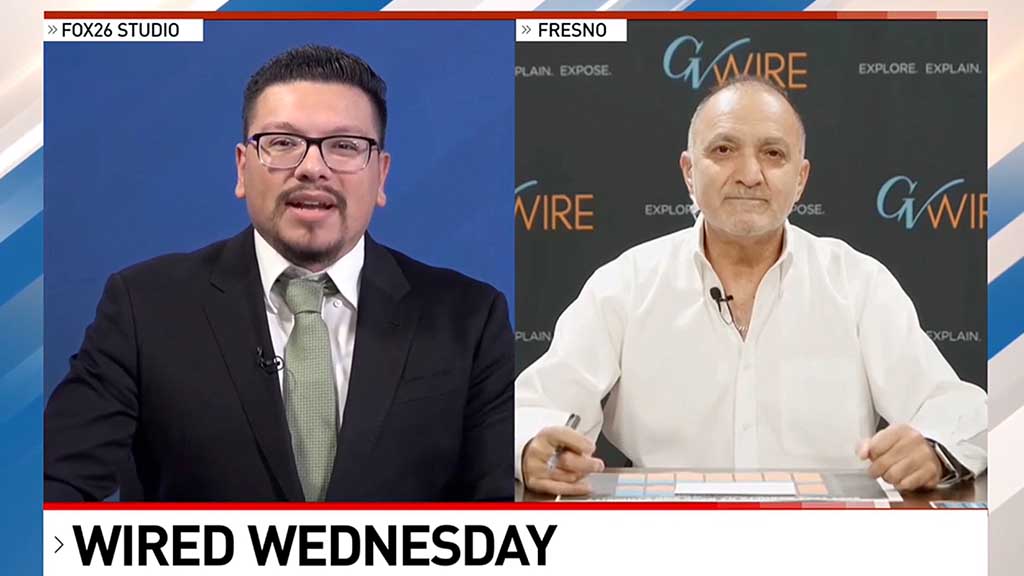
Wired Wednesday: What’s the Future of Fresno Unified and the Superintendent Position?
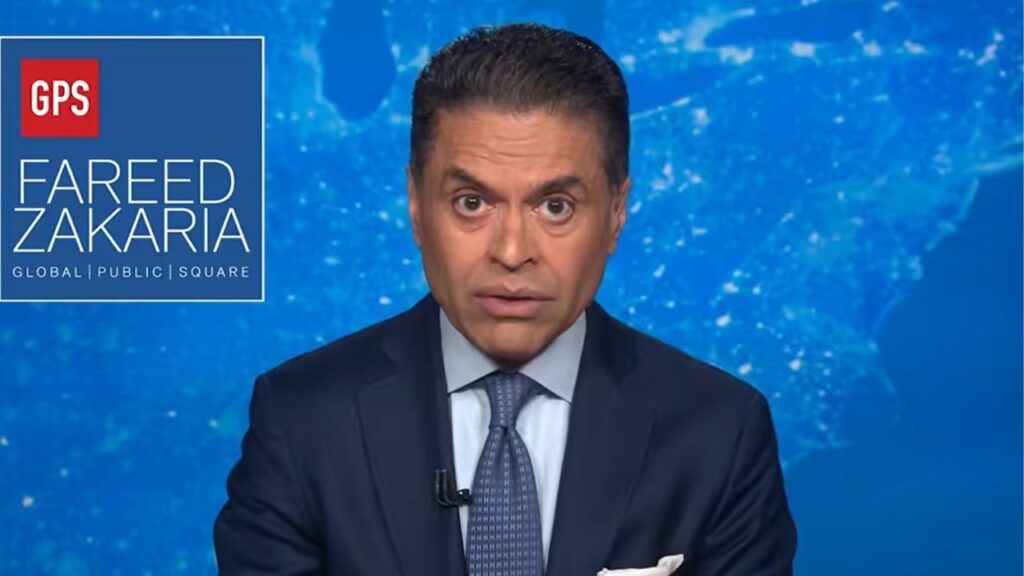
Zakaria Draws Parallels Between Trump’s Tariffs, Failed 1930s Economic Policies
